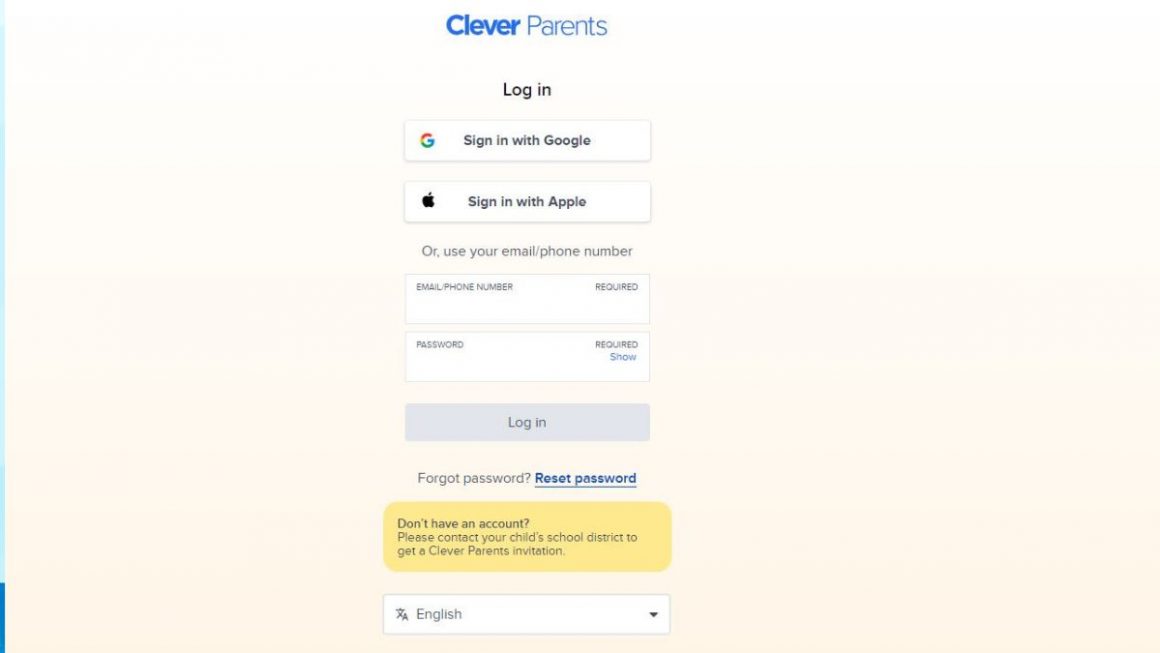Autism often pushes parents to learn things they never thought they would have to know. However, there have been many educational developments in the world of autistic children today.
These new strategies assist the child and help the parents. One of the most promising therapies for autistic children is DIR Floortime Training.
Keep reading to find out more about this exciting therapy option that could be perfect for you and your child.
What Is DIR Floortime Training?
Developmental Individual-difference Relationship-based Model Floortime, or DIR Floortime for short, was developed to help children with autism. It helps autistic children develop engagement skills and symbolic thinking, and improve interaction.
It stresses the importance of every child’s senses, emotions, and motor skills to help them develop. It is a very individualistic autism therapy and can work with children no matter where they are on the autism spectrum.
Is DIR Floortime Supported by Evidence?
There have been many studies that have shown evidence for DIR Floortime. These studies include case studies, randomized controlled trials, group design studies, and systematic reviews.
Improvements have come in areas such as relating, communicating and interacting. Parent-child relationships have shown improvement, and caregivers have seen decreases in stress with their special needs children.
How Does It Work?
DIR Floortime is very individualized for each child, but there is a simple framework it follows. This framework is made up of five main areas.
- Get Help Establishing Your Child’s Sensory Need
Understanding your child’s sensory needs before engaging with DIR Floortime is important, and there is help available. Many special needs schools have experts in DIR Floortime who can assist you and even do sessions with you.
- Watch Your Child Play With Sensory Toys
Take the time to watch your child play before you join in. You want to try to understand their preferences and style of play. This will help you meet them where they are and make a stronger connection through play.
- Communicate You Want to Play With Your Child
Parents should find creative ways of communicating that they want to play with their children. This makes the child feel appreciated for using their imagination and having fun while motivating them to continue.
- Be Involved With the Play Therapy Technique
Your involvement in your child’s Floortime is very important. Using all five senses is one of the best ways to engage with your child in play. You can make noises, use touch, or even make funny faces with them.
- Keep the Routine Fresh by Introducing New Sensory Toys
You want to bring creativity to the Floortime regularly. You can change the toys or even the patterns of play. This helps your child develop new aspects of play and not fall into repeating patterns.
Discover the Benefits of DIR Floortime
Families that have autistic children have shown great improvement through DIR Floortime training. The child benefits from great levels of sensory experiences and families connect in a deeper way.
Check out more of our articles that give you creative ways of dealing with multiple areas of your life.












